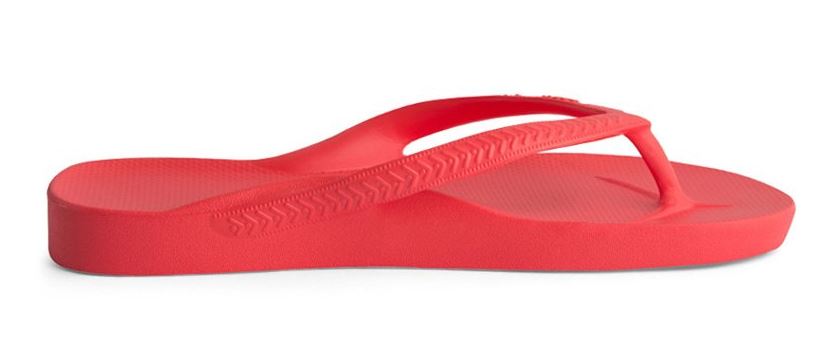Foot orthotics really are a effective modality used by podiatric physicians to manage a wide range of foot problems. All the clinical experiences and research evidence is that they are very effective. Nevertheless, one trouble with them is that they have to be worn in footwear. That is naturally a lifestyle option, but sometimes the options and the environment do not necessarily accommodate the use of the right footwear which foot supports could be worn in.
One query which you see asked frequently is that are those flip flops that come with an arch support built into them, can they be used instead of foot supports. There are a variety of manufacturers available on the market of flip flops that have different amounts of arch support built into them.
Are they as effective as foot supports?
That’s doubtful. The support that is included in them is just like what you will receive from a premade foot orthotics or one of the typical over-the-counter kind of foot supports. That is fine if you have an average arch shape. However, that is not good if you don’t. Foot orthotics usually are built to be specific to your foot type.

Should you use them?
There’s no harm in using these and they certainly might be used as an adjunct to foot supports when you’re not wearing footwear. As if they may be utilized as an alternative, you should discuss that with your foot doctor.
I do keep hearing about the Archies on the internet, however I haven’t seen them because they are from Australia. Evidently numerous podiatry clinics around Australia retail them.